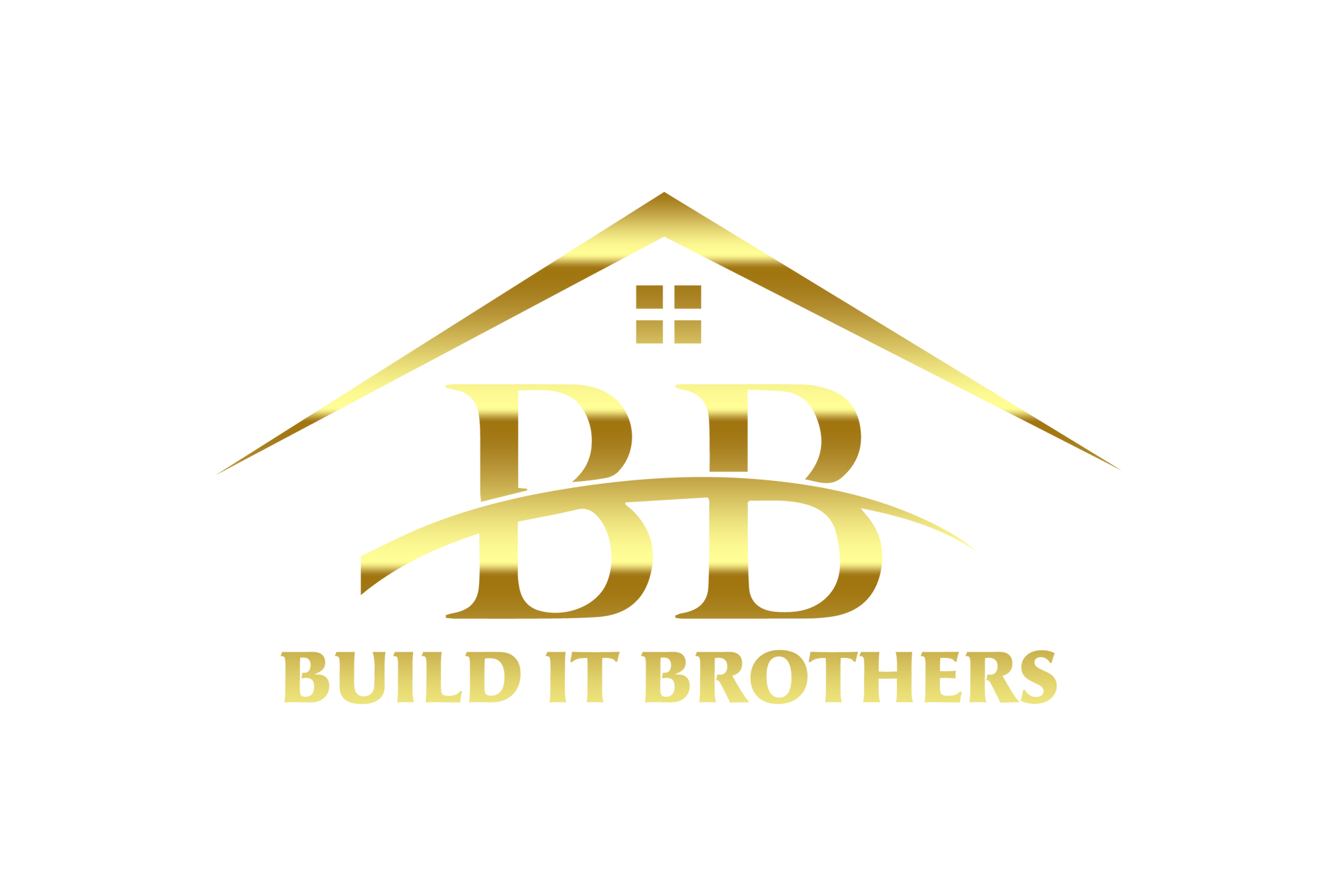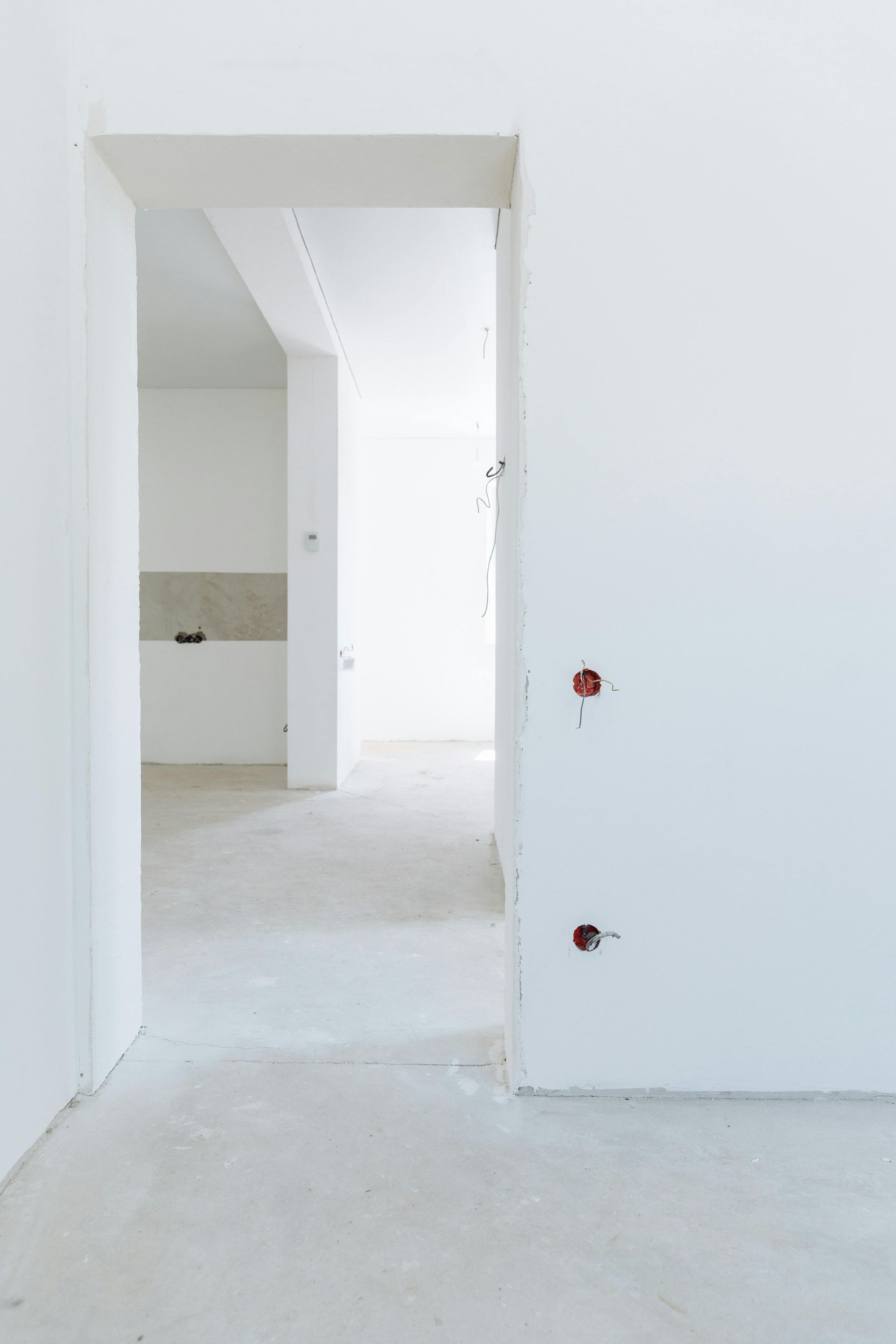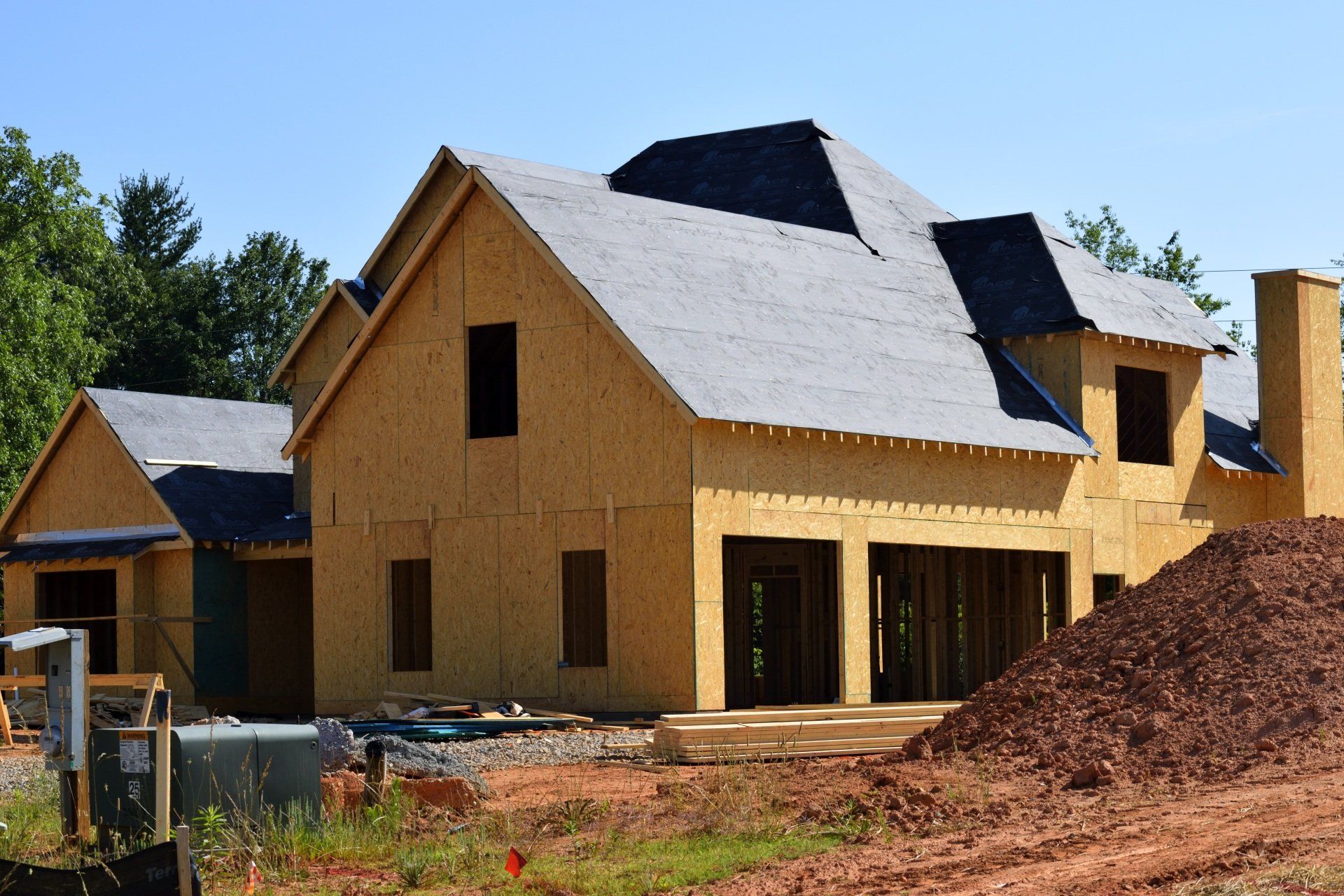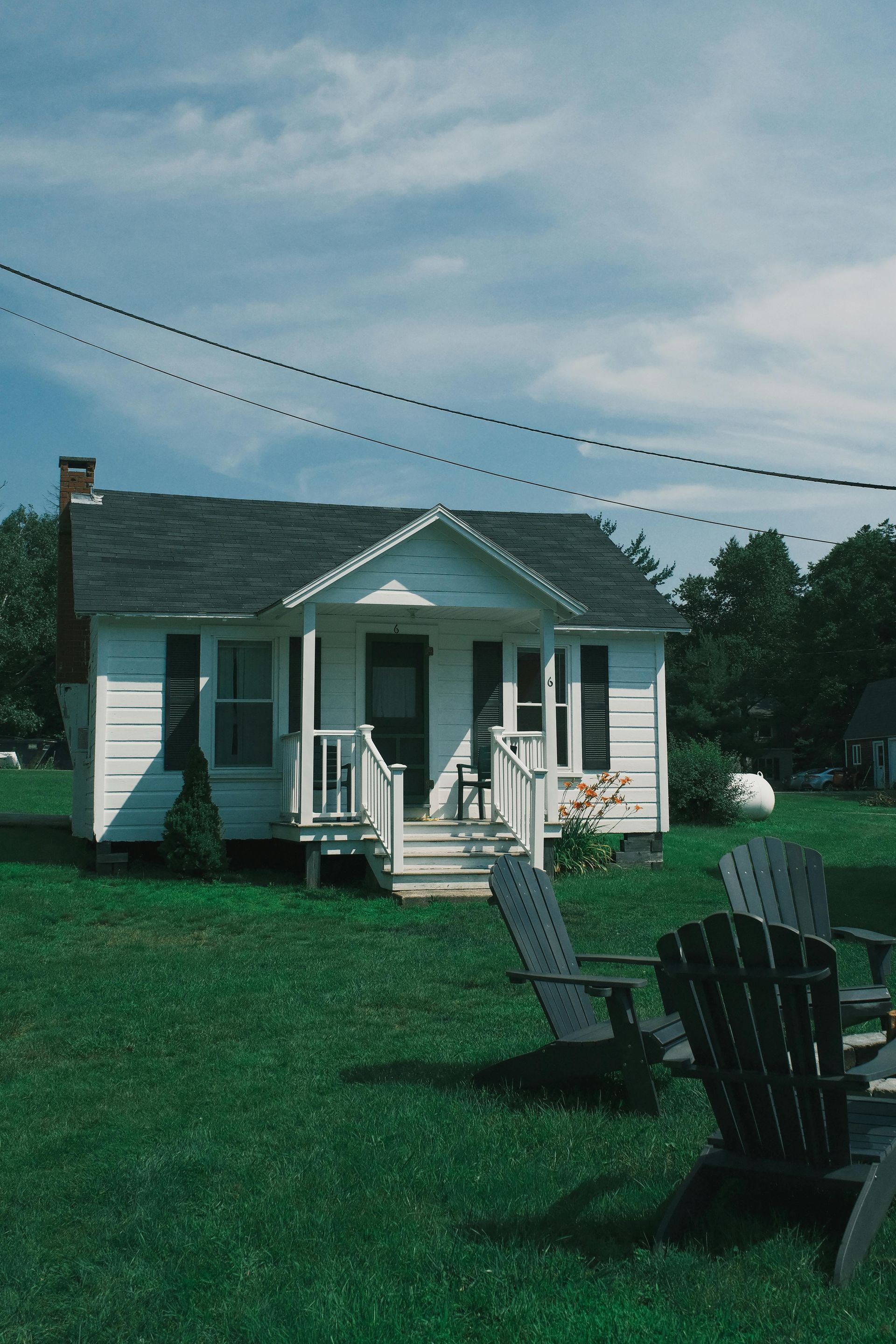Understanding the Costs of a Home Remodeling Project
Understanding the Costs of a Home Remodeling Project
Embarking on a home remodeling project is an exciting journey, but it’s essential to have a clear understanding of the associated costs to avoid financial surprises. From initial planning to the final finishing touches, remodeling expenses can vary widely depending on the scope of the project, materials, labor, and unforeseen circumstances. This guide will help you navigate the costs involved in a home remodeling project and provide tips for staying within budget.
Breaking Down the Costs
Remodeling costs typically fall into several categories. Understanding these components can give you a clearer picture of where your money will go:
1. Planning and Design
Before the first hammer swings, you’ll need to invest in planning and design. This stage ensures that your project is well-conceived and executed.
- Architectural Fees: For major renovations, hiring an architect can cost between 5% and 20% of the total project budget.
- Design Services: Interior designers or remodeling consultants can help refine your vision, with fees ranging from hourly rates to flat project fees.
- Permits: Depending on your location and the scope of work, permits can cost anywhere from $500 to $2,000 or more.
2. Materials
The choice of materials plays a significant role in the overall cost of your remodel.
- Quality Levels: High-end materials like marble or custom cabinetry will cost more than mid-range or budget options.
- Quantity Needed: Larger projects require more materials, increasing costs proportionally.
- Special Orders: Custom or imported materials may involve additional shipping fees and longer lead times.
3. Labor
Labor costs are often the most substantial expense in a remodeling project, accounting for 20% to 35% of the total budget.
- Skilled Trades: Electricians, plumbers, and carpenters typically charge higher rates due to their specialized skills.
- General Contractors: A general contractor will coordinate the project, usually taking a percentage of the total cost as their fee.
- Hourly vs. Fixed Rates: Some contractors charge hourly, while others offer fixed-price contracts. Ensure you understand the terms before signing.
4. Contingency Funds
Unexpected issues can arise during any remodeling project, so it’s wise to allocate 10% to 20% of your budget for contingencies. Common surprises include:
- Structural Problems: Hidden issues like water damage, mold, or faulty wiring.
- Design Changes: Adjustments to plans or upgrades to materials mid-project.
- Delays: Weather, supply chain disruptions, or contractor availability can increase costs.
5. Finishing Touches
The final phase of remodeling involves the details that complete your space.
- Paint and Wall Treatments: Costs depend on the size of the area and the type of paint or wallpaper chosen.
- Fixtures and Hardware: Lighting, faucets, and cabinet pulls can vary widely in price.
- Decor and Furnishings: Budget for any new furniture or decor that complements your remodeled space.
Factors Influencing Remodeling Costs
Several factors can significantly impact the overall cost of your project:
- Scope of Work: A simple kitchen facelift will cost far less than a full-scale addition.
- Location: Costs for materials and labor can vary greatly depending on where you live.
- Home Age and Condition: Older homes often require more extensive updates to meet modern codes and standards.
- Seasonality: Scheduling work during peak seasons can lead to higher labor costs.
Tips for Budgeting and Saving
Staying within budget requires careful planning and smart decision-making. Here are some tips to help you manage costs:
- Set a Realistic Budget: Research average costs for similar projects in your area to establish a reasonable budget.
- Prioritize Needs vs. Wants: Focus on essential upgrades first, and consider splurging on non-essentials only if funds allow.
- Get Multiple Quotes: Obtain at least three quotes from contractors to compare prices and services.
- Consider DIY Options: For smaller tasks like painting or landscaping, doing the work yourself can save money.
- Choose Cost-Effective Materials: Opt for high-quality, mid-range materials that balance durability and affordability.
Common Remodeling Cost Examples
To give you a sense of what to expect, here are some average costs for common remodeling projects:
- Kitchen Remodel: $25,000 to $50,000 for mid-range renovations; $75,000 or more for high-end updates.
- Bathroom Remodel: $10,000 to $25,000 for a typical project; $50,000 or more for luxury designs.
- Room Addition: $20,000 to $80,000 depending on the size and purpose of the addition.
- Basement Finishing: $10,000 to $30,000 for basic finishes; $50,000 or more for a fully equipped space.
Conclusion
Understanding the costs of a home remodeling project is key to a successful and stress-free experience. By breaking down expenses, accounting for potential surprises, and sticking to a well-defined budget, you can achieve the home of your dreams without overspending. Whether you’re updating a single room or undertaking a whole-house renovation, careful planning and informed decisions will help you get the most value for your investment.




